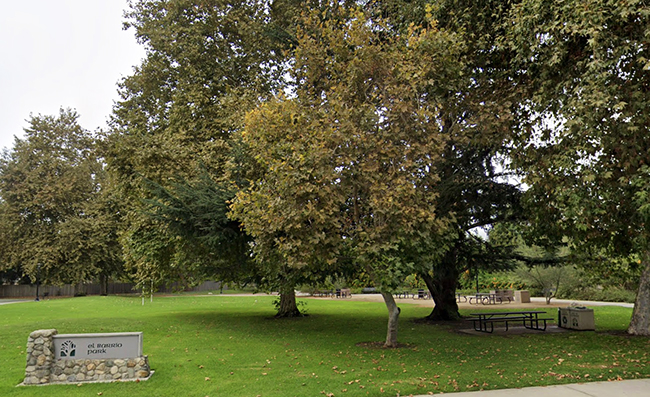Opinion: fire and water are inexorably linked, then and now
By Char Miller
Before the monsoon threat outlook flashed across screens this week, it was clear from the massive cumulus clouds hanging over the San Bernardino Mountains that this range was about to get a much-needed, regenerative drenching.
As important was a different cloud formation that a year ago exploded dark and ominous. The Antonio Fire’s thick, mushrooming pyrocumulus formation signaled that a small patch of San Gabriel foothills was getting a much needed, regenerative burn.
That’s why every summer I watch the local mountains for clouds signaling our high ground is getting what they require. More water and more fire.
That we need more precipitation is glaringly obvious, given the enduing drought that has beset the Southwestern U.S. since the 1980s. Forecasters expect that the current iteration of this drying-out will last until 2030 or so.
So, yes, every monsoonal-powered cloud that rises over San Gorgonio Mountain (elevation: 11,503 ft.) or Mount Baldy (elevation: 10,064 ft.), and every drop of rain these rugged peaks can scrape out of the moisture-laden atmosphere, is a good thing.
The results may be intense — like the mudslides and flooding in Riverside and San Bernardino counties that closed key highways in the mountains and deserts. Or it may be more dew-like than deluge. In either case, this wetness will not ease the drought.
Still, wherever rain falls, and in whatever quantity, is less important than that it falls at all. The airborne moisture streaming north from the Gulf of California and funneling along the mountains indicates that despite a shifting climate the monsoonal system continues to function.
But do our bone-dry mountains need more fire? After all, climate-charged weather patterns have sucked moisture out of the soil and desiccated grass and sage, chaparral and tree. Under these conditions, any lightning strike, snapped powerline, or dropped match could erupt into an inferno.
That’s happened frequently over the past 20 years. In 2003, the Old, Grand Prix and Padua Fire Complex burned an estimated 125,000 acres in its unusual east-to-west run, from the San Bernardino Mountains to the San Gabriels. The 2009 arson-sparked Station Fire, which torched more than 160,000 acres and killed two firefighters, is the largest fire in the history of L.A. County. Perhaps the most striking thing about the 2020 Bobcat fire, which chewed through 115,000 acres in the San Gabriels, was that it was the first modern conflagration to cross the range. Ignited on the southern slope, it ended by incinerating houses in the Mojave-facing Juniper Hills.
Again: why the counter-intuitive desire for more ash-choked skies? Because California is suffering from a fire deficit. This shortage, which geographer Jennifer Marlon called “missing fire,” is more accurate of the north than the south. Yet even a short hike in Claremont’s Wilderness Park, Rancho Cucamonga’s North Etiwanda Preserve or in higher elevations that county or federal agencies manage, reveal their kindling potential (and that of abutting subdivisions).
The deficit is an outgrowth of two centuries of fire suppression. Before Europeans arrived here, an estimated 7,000 to 18,000 square miles burned annually, in good part so Indigenous fire managers could generate environmental, material, and ritual goods and services.
Eighteenth-century Spanish missionaries prohibited these cultural fires to control Native American communities. The early 20th century U.S. Forest Service expanded this top-down regulatory strategy and its racist implications. Asserting fire was the enemy of forestry, the agency denigrated settlers who deployed it to regenerate grasslands and forests as practitioners of “Piute forestry.” By the 1920s, the forest service attacked every fire in Southern California’s mountains.
The Mission Indian Federation, headquartered in Riverside, knew better. In 1924, after another tough fire season, it urged President Calvin Coolidge to return the Angeles and San Bernardino national forests to Indigenous management to protect them with fire.
Coolidge spurned the offer, but the federation was correct. It knew, too, as we should, that fire and rain — and the differently hued clouds that signal their presence — are bellwethers of mountainous Southern California’s health and resilience.
Char Miller is a professor of environmental history at Pomona College and the author of the forthcoming book, “Natural Consequences: Intimate Essays for a Planet in Peril,” out in September on Reverberations Books.








0 Comments